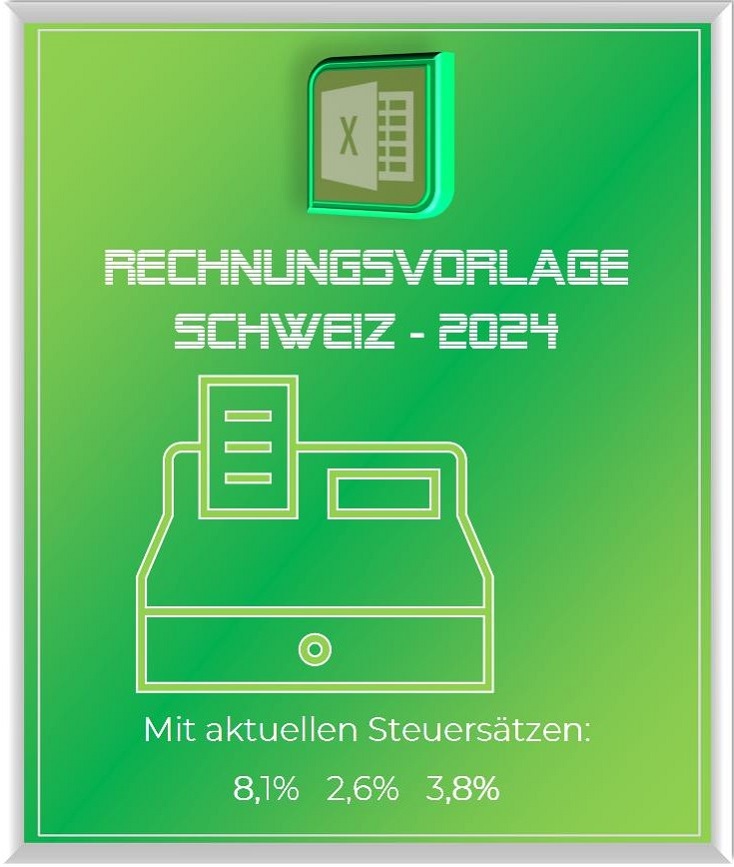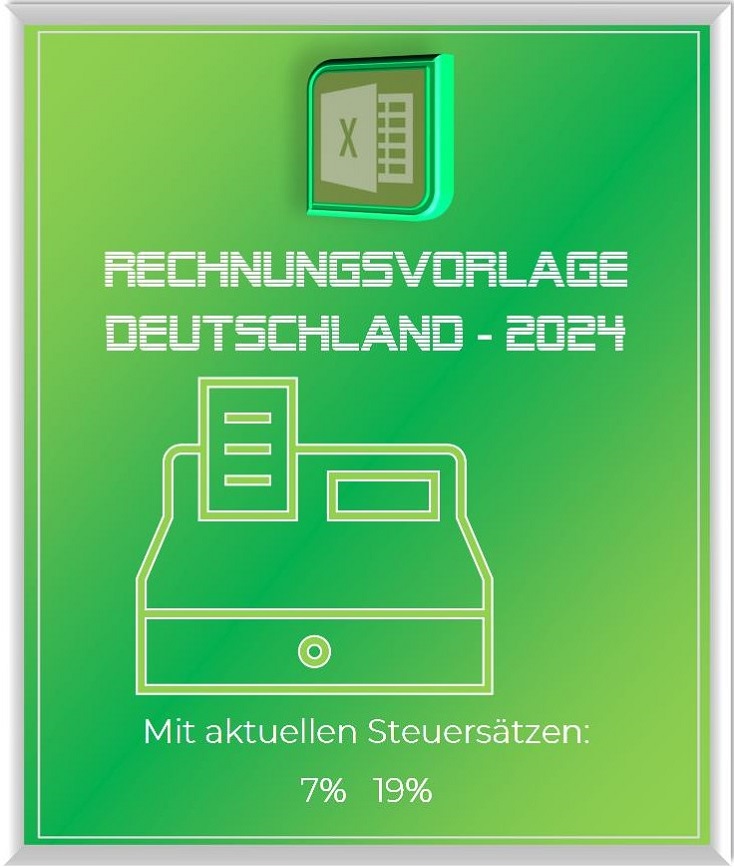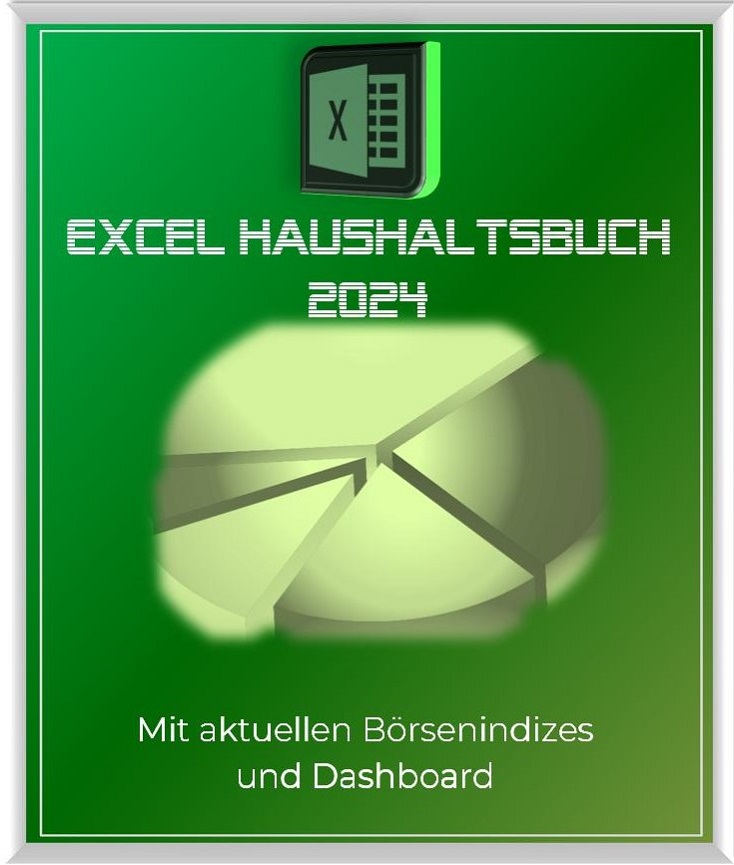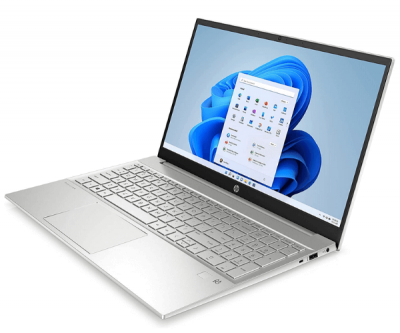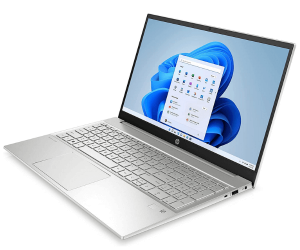How does the internet work? – A look at the technology
The Internet is not just a global network that enables millions of people around the world to communicate, share information and trade with each other. Rather, it has become a core element of critical infrastructure. Without the Internet, our lives today would not function as we know them. It is based on a set of technologies that are linked together to enable the seamless exchange of data. To understand the Internet, we need to become familiar with some basic concepts such as IP addresses, protocols, routers, and servers.

One of the central components of the Internet are IP addresses (Internet Protocol addresses). Every device connected to the internet – be it a computer, a smartphone or a server – is given a unique IP address. This address acts as an identifier that allows data packets to be sent and received on the Internet. Routing sends these data packets from one point to another, with routers acting as signposts and directing traffic.
Nothing works without a server
Servers play a crucial role on the Internet. They are special computers that provide services and content. When we visit a web page or send an email, we access servers that provide the requested information. These servers are housed in data centers around the world and are active 24/7 to serve the myriad of requests from Internet users. In this article, we will take a closer look at these technologies and explore the basic workings of the internet. It is fascinating to understand how this complex infrastructure allows us to access nearly limitless information and connect with people around the world. So let’s dive in and take a closer look at the technology behind the internet.
How does the internet work? – A look at the technology
The Internet is not just a global network that enables millions of people around the world to communicate, share information and trade with each other. Rather, it has become a core element of critical infrastructure. Without the Internet, our lives today would not function as we know them. It is based on a set of technologies that are linked together to enable the seamless exchange of data. To understand the Internet, we need to become familiar with some basic concepts such as IP addresses, protocols, routers, and servers.

One of the central components of the Internet are IP addresses (Internet Protocol addresses). Every device connected to the internet – be it a computer, a smartphone or a server – is given a unique IP address. This address acts as an identifier that allows data packets to be sent and received on the Internet. Routing sends these data packets from one point to another, with routers acting as signposts and directing traffic.
Nothing works without a server
Servers play a crucial role on the Internet. They are special computers that provide services and content. When we visit a web page or send an email, we access servers that provide the requested information. These servers are housed in data centers around the world and are active 24/7 to serve the myriad of requests from Internet users. In this article, we will take a closer look at these technologies and explore the basic workings of the internet. It is fascinating to understand how this complex infrastructure allows us to access nearly limitless information and connect with people around the world. So let’s dive in and take a closer look at the technology behind the internet.
The origin of the internet: The ARPANET
The origin of the internet: The ARPANET
The ARPANET was a pioneering network developed in the 1960s and 1970s. It is considered the forerunner of today’s Internet and was funded by the US Department of Defense. The idea behind the ARPANET arose from the need to share information and data between different Exchange computers and research facilities. Back then, it was difficult to connect computers and share information. The ARPANET should overcome this challenge.
- The network was based on the idea of the packet-switching protocol, in which information divided into small “packets” and sent to the destination via different routes. This made it possible to transfer data quickly and efficiently over long distances.
- The ARPANET started in 1969 with just four nodes: the University of California at Los Angeles, the Stanford Research Institute, the University of California at Santa Barbara and the University of Utah. Over time, other universities and research institutes were added to the network.
One of the most significant achievements of ARPANET was the development of the TCP/IP protocol (Transmission Control Protocol/Internet Protocol). This protocol laid the basis for communication on the network and allowed data to be exchanged between different computers regardless of their operating system or hardware. We’ll go into more detail on that later.
The ARPANET was an important milestone in the history of computer networks. It revolutionized the way information was exchanged and shared, laying the foundation for the modern internet we know today. By creating a decentralized and robust network system, the ARPANET paved the way for the global networking of people, institutions and information, ushering in the modern digital era.
The ARPANET was a pioneering network developed in the 1960s and 1970s. It is considered the forerunner of today’s Internet and was funded by the US Department of Defense. The idea behind the ARPANET arose from the need to share information and data between different Exchange computers and research facilities. Back then, it was difficult to connect computers and share information. The ARPANET should overcome this challenge.
- The network was based on the idea of the packet-switching protocol, in which information divided into small “packets” and sent to the destination via different routes. This made it possible to transfer data quickly and efficiently over long distances.
- The ARPANET started in 1969 with just four nodes: the University of California at Los Angeles, the Stanford Research Institute, the University of California at Santa Barbara and the University of Utah. Over time, other universities and research institutes were added to the network.
One of the most significant achievements of ARPANET was the development of the TCP/IP protocol (Transmission Control Protocol/Internet Protocol). This protocol laid the basis for communication on the network and allowed data to be exchanged between different computers regardless of their operating system or hardware. We’ll go into more detail on that later.
The ARPANET was an important milestone in the history of computer networks. It revolutionized the way information was exchanged and shared, laying the foundation for the modern internet we know today. By creating a decentralized and robust network system, the ARPANET paved the way for the global networking of people, institutions and information, ushering in the modern digital era.
TCP/IP: The backbone of the Internet
TCP/IP: The backbone of the Internet
TCP/IP stands for “Transmission Control Protocol/Internet Protocol” and is a basic communication protocol used for the smooth exchange of data on the Internet. It represents the basis for the transmission of data packets over computer networks.
- TCP/IP consists of two main protocols: the TCP and the IP. The TCP is responsible for the secure and reliable transmission of data. It ensures that data packets arrive in the right order, checks their integrity and ensures that lost or corrupted packets are resent if necessary.
The IP (Internet Protocol), on the other hand, is responsible for addressing and routing the data packets in the network. Every device connected to the Internet is given a unique IP address that identifies it. The IP ensures that the data packets get from their point of origin to their destination, regardless of the exact route they take.
By combining TCP and IP, TCP/IP enables smooth Communication between different computers and devices over the Internet. It plays a central role in transferring emails, surfing the web, streaming videos, downloading files and many other internet applications.
Put it in easy-to-understand language: TCP/IP is an important communication standard that ensures that data can be transmitted securely and reliably over the Internet. It ensures that data arrives in the correct order and that it reaches the correct destination. TCP/IP is critical to the functioning of the Internet, allowing us to send email, visit websites, and more.
TCP/IP stands for “Transmission Control Protocol/Internet Protocol” and is a basic communication protocol used for the smooth exchange of data on the Internet. It represents the basis for the transmission of data packets over computer networks.
- TCP/IP consists of two main protocols: the TCP and the IP. The TCP is responsible for the secure and reliable transmission of data. It ensures that data packets arrive in the right order, checks their integrity and ensures that lost or corrupted packets are resent if necessary.
The IP (Internet Protocol), on the other hand, is responsible for addressing and routing the data packets in the network. Every device connected to the Internet is given a unique IP address that identifies it. The IP ensures that the data packets get from their point of origin to their destination, regardless of the exact route they take.
By combining TCP and IP, TCP/IP enables smooth Communication between different computers and devices over the Internet. It plays a central role in transferring emails, surfing the web, streaming videos, downloading files and many other internet applications.
Put it in easy-to-understand language: TCP/IP is an important communication standard that ensures that data can be transmitted securely and reliably over the Internet. It ensures that data arrives in the correct order and that it reaches the correct destination. TCP/IP is critical to the functioning of the Internet, allowing us to send email, visit websites, and more.
Domains and DNS: Navigating the Internet
Domains and DNS: Navigating the Internet
Domain and DNS are fundamental concepts of the internet that play an important role in accessing websites. A domain is essentially the address of a website on the Internet. It consists of a unique name followed by an ending such as “.com”, “.org” or “.de”. For example, “google.com” is the domain for the Google search engine.
In order for people to be able to find a website by its domain, computers need to know the corresponding IP address. This is where the Domain Name System (DNS) comes into play. DNS is like a phone book on the Internet. It converts the human-readable domain name into a machine-readable IP address.
“Imagine you enter the domain name “google.com” into your web browser. Your computer then asks the DNS server for the IP address of “google.com”. The DNS server responds with the appropriate IP address, for example “216.58.214.46”. Then your computer can connect to the IP address and display the desired website.”
The DNS system consists of a hierarchical structure of DNS servers. There are different tiers of DNS servers, some storing the information for specific domains and others directing the queries to the correct servers. In this way, DNS enables domain names to be resolved into IP addresses efficiently and quickly.
Domain and DNS are fundamental concepts of the internet that play an important role in accessing websites. A domain is essentially the address of a website on the Internet. It consists of a unique name followed by an ending such as “.com”, “.org” or “.de”. For example, “google.com” is the domain for the Google search engine.
In order for people to be able to find a website by its domain, computers need to know the corresponding IP address. This is where the Domain Name System (DNS) comes into play. DNS is like a phone book on the Internet. It converts the human-readable domain name into a machine-readable IP address.
“Imagine you enter the domain name “google.com” into your web browser. Your computer then asks the DNS server for the IP address of “google.com”. The DNS server responds with the appropriate IP address, for example “216.58.214.46”. Then your computer can connect to the IP address and display the desired website.”
The DNS system consists of a hierarchical structure of DNS servers. There are different tiers of DNS servers, some storing the information for specific domains and others directing the queries to the correct servers. In this way, DNS enables domain names to be resolved into IP addresses efficiently and quickly.
HTTP and HTTPS: Communication between browser and server
HTTP and HTTPS: Communication between browser and server
HTTP (Hypertext Transfer Protocol) and HTTPS (Hypertext Transfer Protocol Secure) are two protocols used for transferring data on the Internet. They form the basis for communication between your web browser (e.g. Google Chrome or Firefox) and the websites you visit.
- HTTP is the older of the two protocols and was originally developed to retrieve web pages and their content. When you enter a URL “Uniform Resource Locator” into your browser and an HTTP connection is established, all information exchanged between your browser and the website is in clear text and thus transmitted unencrypted. This means that potentially sensitive data such as usernames, passwords or credit card information could be viewed by third parties during transmission.
- HTTPS was introduced to mitigate this security risk. HTTPS uses encryption technology to encrypt and secure the data in transit. An SSL/TLS certificate is used to verify the identity of the website confirmed and the data encrypted so that they cannot be read by unauthorized persons. The “S” in HTTPS stands for “Secure” and indicates that the connection is encrypted.
There are several advantages to using HTTPS.
- First, it provides secure communication, which is particularly important when entering personal or confidential information on websites such as online banking or online shopping.
- Secondly, HTTPS protects the integrity of the transmitted data as it cannot be tampered with or altered. Third, an HTTPS connection signals users that the website can be trusted because it has a valid SSL/TLS certificate.
HTTPS offers greater security and privacy for users because the data is transmitted in encrypted form and is the standard on the Internet today. Without an SSL certificate, no website has a chance of being listed by search engines today!
HTTP (Hypertext Transfer Protocol) and HTTPS (Hypertext Transfer Protocol Secure) are two protocols used for transferring data on the Internet. They form the basis for communication between your web browser (e.g. Google Chrome or Firefox) and the websites you visit.
- HTTP is the older of the two protocols and was originally developed to retrieve web pages and their content. When you enter a URL “Uniform Resource Locator” into your browser and an HTTP connection is established, all information exchanged between your browser and the website is in clear text and thus transmitted unencrypted. This means that potentially sensitive data such as usernames, passwords or credit card information could be viewed by third parties during transmission.
- HTTPS was introduced to mitigate this security risk. HTTPS uses encryption technology to encrypt and secure the data in transit. An SSL/TLS certificate is used to verify the identity of the website confirmed and the data encrypted so that they cannot be read by unauthorized persons. The “S” in HTTPS stands for “Secure” and indicates that the connection is encrypted.
There are several advantages to using HTTPS.
- First, it provides secure communication, which is particularly important when entering personal or confidential information on websites such as online banking or online shopping.
- Secondly, HTTPS protects the integrity of the transmitted data as it cannot be tampered with or altered. Third, an HTTPS connection signals users that the website can be trusted because it has a valid SSL/TLS certificate.
HTTPS offers greater security and privacy for users because the data is transmitted in encrypted form and is the standard on the Internet today. Without an SSL certificate, no website has a chance of being listed by search engines today!
Routers and Switches: The Signposts of the Internet
Routers and Switches: The Signposts of the Internet
Routers and switches are two fundamental components on the Internet that ensure that packets of data get from one place to another. They play an important role in connecting computers and other devices on local area networks or across the Internet. A router is like a crossroads on the Internet. It connects different networks together, be it a home network or a corporate network, and enables communication between them.
“Imagine you want to send an email to a friend. The router analyzes the address to which the email should be sent and then forwards it to the right place. It chooses the best path for the data packets using information about other routers on the Internet. In short, a router routes traffic on the Internet and ensures that data packets reach their destination.”
A switch, on the other hand, is more comparable to a distribution box. It connects various devices within a network, such as computers, printers or smartphones. The switch allows devices to communicate with each other, exchange data, and share resources such as Internet connections. For example, if you watch a video on your laptop and stream it to your smart TV over the network, the switch will transfer the data packets between the devices. Unlike the router, which forwards data between networks, the switch operates within a single network.
Both routers and switches are therefore crucial for the functionality of the Internet. Routers enable the connection between different networks, while switches facilitate the exchange of data within a network. Without them, it would be difficult to efficiently and reliably transmit data over the Internet and interconnect networks.
Routers and switches are two fundamental components on the Internet that ensure that packets of data get from one place to another. They play an important role in connecting computers and other devices on local area networks or across the Internet. A router is like a crossroads on the Internet. It connects different networks together, be it a home network or a corporate network, and enables communication between them.
“Imagine you want to send an email to a friend. The router analyzes the address to which the email should be sent and then forwards it to the right place. It chooses the best path for the data packets using information about other routers on the Internet. In short, a router routes traffic on the Internet and ensures that data packets reach their destination.”
A switch, on the other hand, is more comparable to a distribution box. It connects various devices within a network, such as computers, printers or smartphones. The switch allows devices to communicate with each other, exchange data, and share resources such as Internet connections. For example, if you watch a video on your laptop and stream it to your smart TV over the network, the switch will transfer the data packets between the devices. Unlike the router, which forwards data between networks, the switch operates within a single network.
Both routers and switches are therefore crucial for the functionality of the Internet. Routers enable the connection between different networks, while switches facilitate the exchange of data within a network. Without them, it would be difficult to efficiently and reliably transmit data over the Internet and interconnect networks.
From bits to gigabytes: Data transfer on the internet
From bits to gigabytes: Data transfer on the internet
Bits and bytes form the basis of data transmission on the Internet. A bit is the smallest unit of digital information and can have either the value 0 or 1. Eight bits make up a byte, which represents a larger amount of data. As the complexity and size of the data increases, so do the units of measurement:
After the gigabyte, the terabyte, petabyte, exabyte, zettabyte and yottabyte follow in the unit of data size. Each of these units represents an ever-increasing amount of data:
- Megabytes (MB): 1 megabyte is approximately 1 million bytes, or 1,000 kilobytes.
- Gigabyte (GB): 1 gigabyte is approximately 1 billion bytes or 1,000 megabytes.
- Terabyte (TB): 1 terabyte is approximately equal to 1 trillion bytes, or 1,000 gigabytes.
- Petabyte (PB): 1 petabyte is approximately 1 quadrillion bytes or 1,000 terabytes.
- Exabyte (EB): 1 exabyte is approximately equal to 1 trillion bytes, or 1,000 petabytes.
- Zettabyte (ZB): 1 zettabyte is roughly equal to 1 quadrillion bytes, or 1,000 exabytes.
- Yottabyte (YB): 1 yottabyte is roughly equal to 1 quintillion bytes, or 1,000 zettabytes.
Data is transmitted in the form of electrical impulses or light signals via cables, fiber optic lines or wireless networks. Wireless data transmission uses radio waves or satellite connections, for example. To send data over the Internet, it is broken up into small packets. Each packet contains part of the information, as well as sender and recipient addresses. These packets are then sent over the network to their destination and reassembled there. This process allows for efficient transmission of large amounts of data as the packets can take different routes, avoiding bottlenecks.
We hope that we can help you with our article and give you a little insight into the technical background of the Internet. Every day, this technology ensures that we retrieve information, stream videos, communicate, and much more as a matter of course. to be able to use. Should the Internet fail completely, nothing works today. Not even the checkout in the supermarket opens, and other critical infrastructure such as: water, electricity and all telecommunications would fail!
Bits and bytes form the basis of data transmission on the Internet. A bit is the smallest unit of digital information and can have either the value 0 or 1. Eight bits make up a byte, which represents a larger amount of data. As the complexity and size of the data increases, so do the units of measurement:
After the gigabyte, the terabyte, petabyte, exabyte, zettabyte and yottabyte follow in the unit of data size. Each of these units represents an ever-increasing amount of data:
- Megabytes (MB): 1 megabyte is approximately 1 million bytes, or 1,000 kilobytes.
- Gigabyte (GB): 1 gigabyte is approximately 1 billion bytes or 1,000 megabytes.
- Terabyte (TB): 1 terabyte is approximately equal to 1 trillion bytes, or 1,000 gigabytes.
- Petabyte (PB): 1 petabyte is approximately 1 quadrillion bytes or 1,000 terabytes.
- Exabyte (EB): 1 exabyte is approximately equal to 1 trillion bytes, or 1,000 petabytes.
- Zettabyte (ZB): 1 zettabyte is roughly equal to 1 quadrillion bytes, or 1,000 exabytes.
- Yottabyte (YB): 1 yottabyte is roughly equal to 1 quintillion bytes, or 1,000 zettabytes.
Data is transmitted in the form of electrical impulses or light signals via cables, fiber optic lines or wireless networks. Wireless data transmission uses radio waves or satellite connections, for example. To send data over the Internet, it is broken up into small packets. Each packet contains part of the information, as well as sender and recipient addresses. These packets are then sent over the network to their destination and reassembled there. This process allows for efficient transmission of large amounts of data as the packets can take different routes, avoiding bottlenecks.
We hope that we can help you with our article and give you a little insight into the technical background of the Internet. Every day, this technology ensures that we retrieve information, stream videos, communicate, and much more as a matter of course. to be able to use. Should the Internet fail completely, nothing works today. Not even the checkout in the supermarket opens, and other critical infrastructure such as: water, electricity and all telecommunications would fail!
Popular Posts:
Integrate and use ChatGPT in Excel – is that possible?
ChatGPT is more than just a simple chatbot. Learn how it can revolutionize how you work with Excel by translating formulas, creating VBA macros, and even promising future integration with Office.
Create Out of Office Notice in Outlook
To create an Out of Office message in Microsoft Outlook - Office 365, and start relaxing on vacation
The best backup solutions for your data
Keep your data safe and secure! Discover our best backup solutions for your valuable information now. Because safety is the be-all and end-all - and we have the perfect tips.
Internet Addiction – A serious look at a growing problem
Internet addiction is just as serious an illness as alcohol or drug addiction. Just that this is a mental illness. In this article we want to go into the phenomenon in more detail and provide assistance.
Main keyboard shortcuts in Windows 10/11
Entdecken Sie die wichtigsten Shortcuts in Windows 11, um Ihre Produktivität zu steigern. Von allgemeinen Befehlen bis hin zu spezifischen Fenster-Management- und System-Shortcuts, lernen Sie, wie Sie mit diesen Tastenkombinationen effizienter arbeiten können.
Encrypt USB stick – These options are available
Protecting sensitive data is essential. Encrypting USB sticks provides an extra layer of security. Whether it's built-in software, operating system features, third-party software, or hardware encryption, there are numerous options.
Popular Posts:
Integrate and use ChatGPT in Excel – is that possible?
ChatGPT is more than just a simple chatbot. Learn how it can revolutionize how you work with Excel by translating formulas, creating VBA macros, and even promising future integration with Office.
Create Out of Office Notice in Outlook
To create an Out of Office message in Microsoft Outlook - Office 365, and start relaxing on vacation
The best backup solutions for your data
Keep your data safe and secure! Discover our best backup solutions for your valuable information now. Because safety is the be-all and end-all - and we have the perfect tips.
Internet Addiction – A serious look at a growing problem
Internet addiction is just as serious an illness as alcohol or drug addiction. Just that this is a mental illness. In this article we want to go into the phenomenon in more detail and provide assistance.
Main keyboard shortcuts in Windows 10/11
Entdecken Sie die wichtigsten Shortcuts in Windows 11, um Ihre Produktivität zu steigern. Von allgemeinen Befehlen bis hin zu spezifischen Fenster-Management- und System-Shortcuts, lernen Sie, wie Sie mit diesen Tastenkombinationen effizienter arbeiten können.
Encrypt USB stick – These options are available
Protecting sensitive data is essential. Encrypting USB sticks provides an extra layer of security. Whether it's built-in software, operating system features, third-party software, or hardware encryption, there are numerous options.













